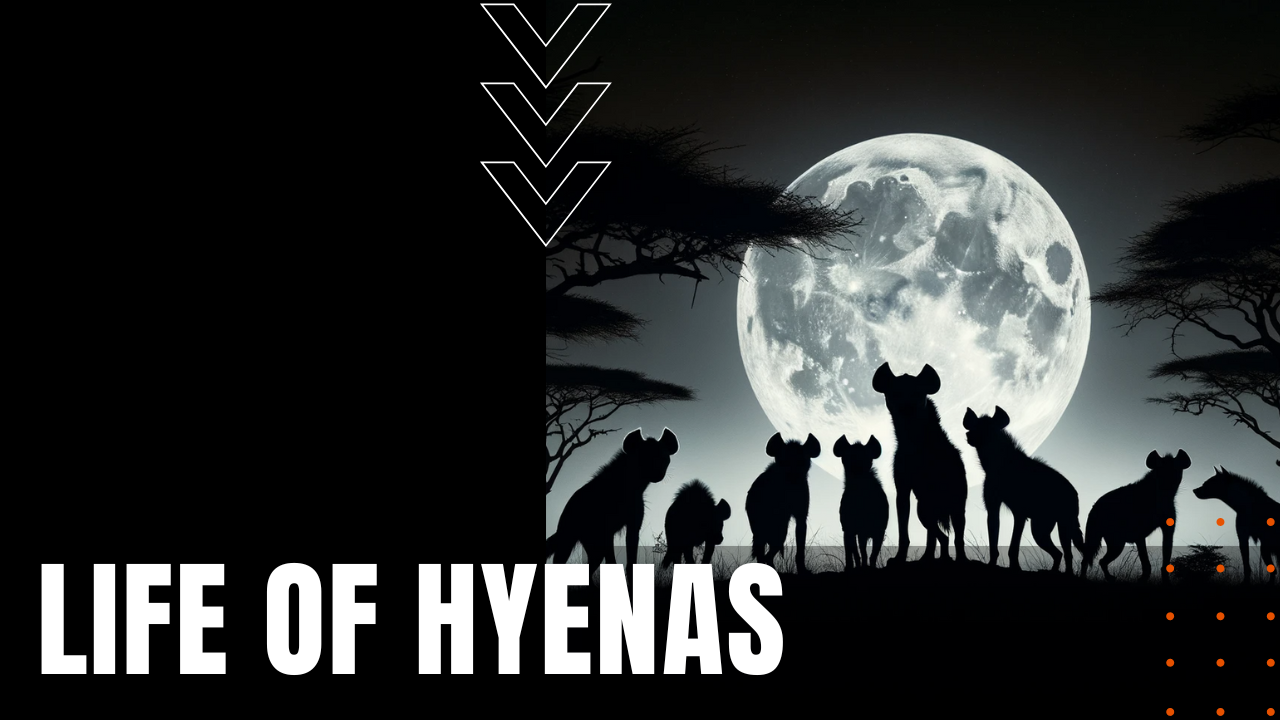The Life of Hyenas

Found in southwest Asia, India and Africa south of the Sahara Desert, the family Hyaenidae contains four species, including the aardwolf, striped, brown and spotted hyenas. With their front legs longer than their back legs, like wildebeest or bison, hyenas have four toes per foot with non-retractable claws, and while they look strikingly like dogs, hyenas are more closely related to cats, civets and genets.
Few Natural Predators
Preyed upon only by lions and humans, a hyenas’ muscular neck and powerful jaw give them the strongest bite of any mammal. Surviving in multiple habitats, including savannas and swamps, mountains and semi-arid regions, hyenas are known to hunt in both daytime and nighttime conditions, although they generally are known for their nocturnal activities. Hunting in groups or alone, hyenas are able to chase down prey over long distances, at speeds upwards of 37 miles per hour.
Little Animal, Big Takedowns
When hunting in large groups, hyenas are known to take down young rhinos, adult wildebeest, zebras and Cape buffalo, while smaller groups focus on smaller animals, such as gazelles, impalas, warthogs, and waterbucks. When hunting alone, hyenas limit their prey to ground birds, rabbits, porcupine and jackals—even the occasional fish—offering hyenas a wide range of dietary alternatives. Living in clans up to 100 members, hyenas exist in matriarchal societies, since physically larger females are more assertive and aggressive than their male counterparts, making the lowest ranking female hyena considerably more dominant than the highest-ranking male.
Vocal Diversity
Known for their wide range of vocal calls, with over eleven different sounds recorded, female hyenas gestate their young for 98 to 111 days, before giving birth to one or two pups that reach full maturity within their first three years of life. Ranging in length for four to six feet, on average, hyenas stand two-and-a half feet tall and weigh anywhere from 88 to 190 pounds, with a median life expectancy of 21 years. Known to eat upwards of one third of their body weight in a single meal, hyenas can digest parts of their prey that most other animals could never tolerate—like skin and bones—thanks to special acids in their stomaches that break down the usually discarded parts of prey, making hyenas, one of the noisiest mammals in the animal kingdom.
